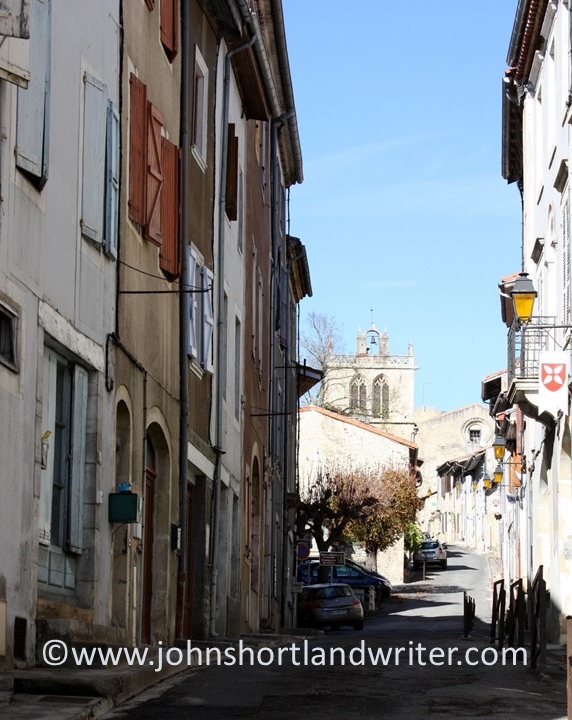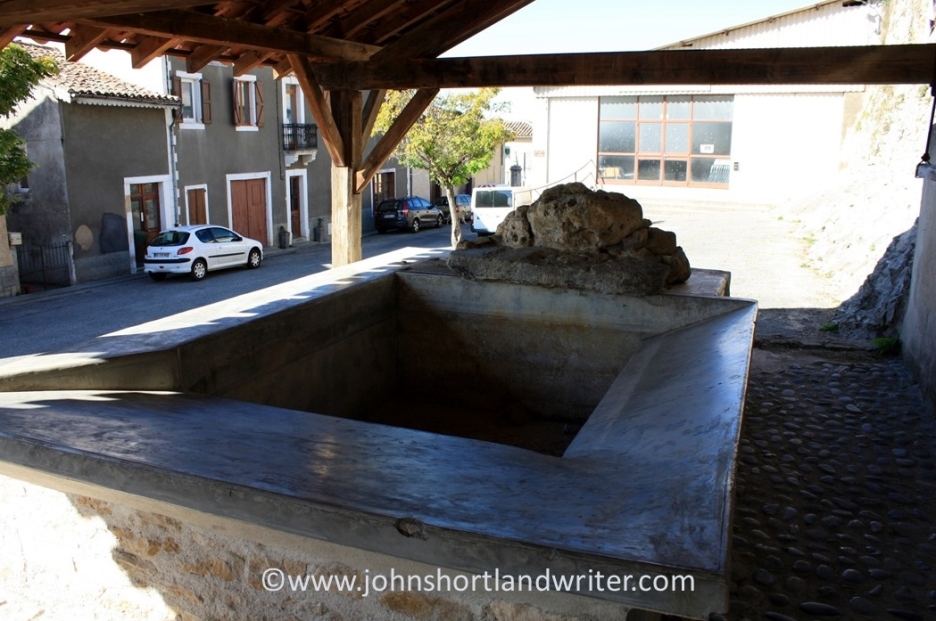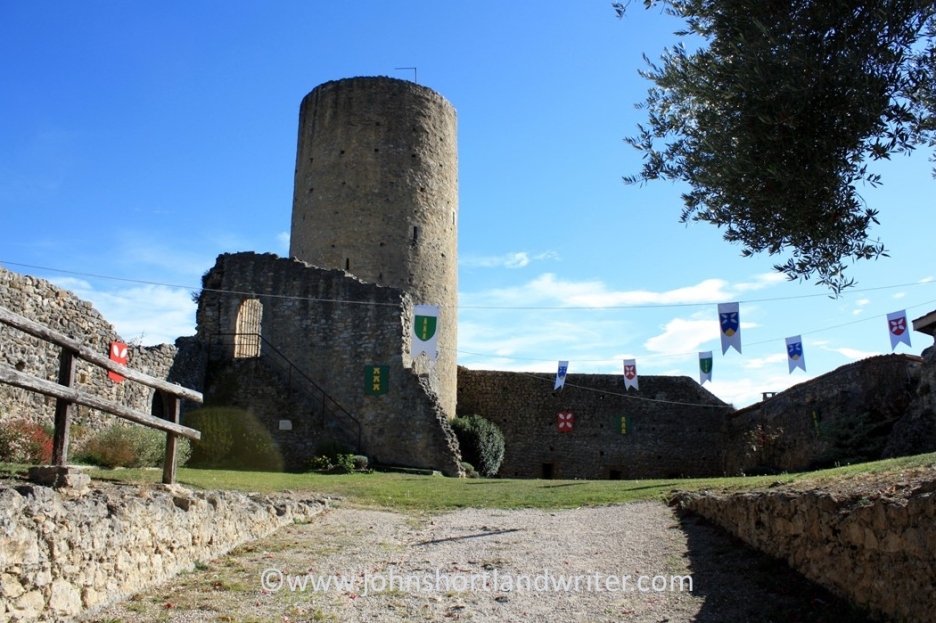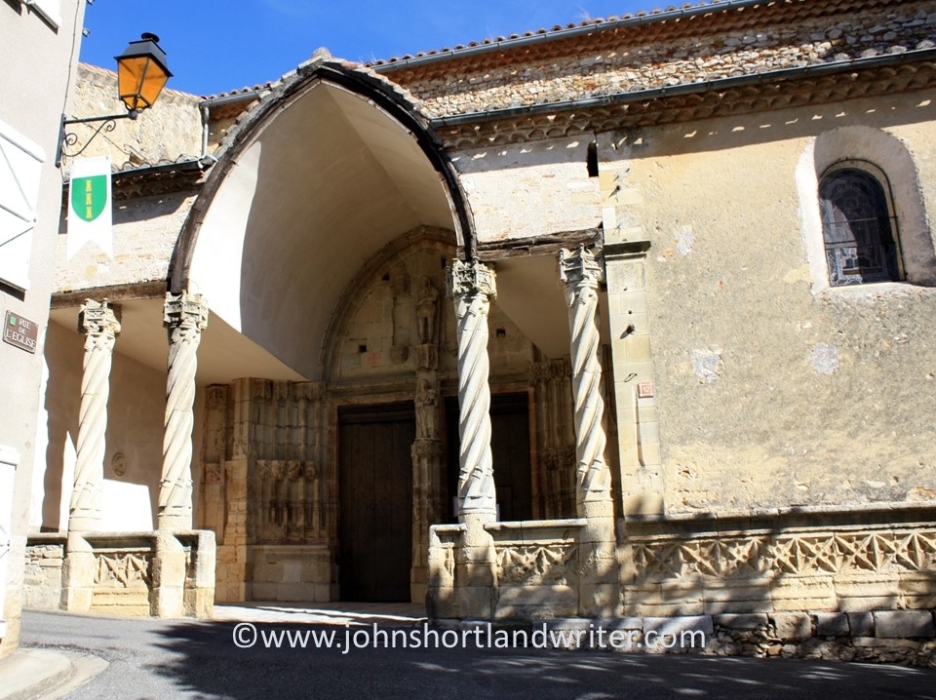Aurignac - 40,000 Years of History
The small town of Aurignac – situated in the Petites Pyrénées of southwest France – was so sleepy when I stumbled across it that it is hard to believe that it has given its name to the so-called ‘first modern’ man to appear in Europe.

The Aurignacian culture spread across most of Europe and much of southwest Asia. The first human bones were found in a cave close to Aurignac in 1852. Aurignacian Man produced some of the earliest art – a small figurine known as the Venus of Hohle Fels is the first figurative human form ever to be found. Perhaps their culture is best known for the cave paintings of animals discovered in the Ardèche region of France as recently as 1994.
However, all this was unknown to me at the time – I was looking for somewhere to lunch. The search for a café led me to explore some of the back lanes of the town which revealed wonderful old houses, some half-timbered and dating back to the eighteenth century and earlier.

As with many buildings in the region, their beauty was enhanced by the decorative ironwork, often rusting, their paint bleached by decades of hot sun. One old building was derelict and a glimpse inside gave an impression of what it once might have looked like.


The oldest part of the town is surrounded by 700 year old fortified walls, some of which had houses built into them in the fifteenth century. The communal area for clothes washing, the lavoir, has been lovingly maintained.


The ruins of a castle destroyed by Henry IV around 1615 during one of the many wars between England and France is open to the public. The keep or donjon is well preserved and it is possible to climb to the top to admire the panoramic views.


Also built within the old walls is the church with its ancient façade. This is an addition to the church: it was salvaged from a chapel demolished during the revolution and placed there in 1791. The church itself is of unknown date but predates the thirteenth century walls.


Sadly, I only had an hour to explore – a day probably would not be long enough.



The Aurignacian culture spread across most of Europe and much of southwest Asia. The first human bones were found in a cave close to Aurignac in 1852. Aurignacian Man produced some of the earliest art – a small figurine known as the Venus of Hohle Fels is the first figurative human form ever to be found. Perhaps their culture is best known for the cave paintings of animals discovered in the Ardèche region of France as recently as 1994.
However, all this was unknown to me at the time – I was looking for somewhere to lunch. The search for a café led me to explore some of the back lanes of the town which revealed wonderful old houses, some half-timbered and dating back to the eighteenth century and earlier.

As with many buildings in the region, their beauty was enhanced by the decorative ironwork, often rusting, their paint bleached by decades of hot sun. One old building was derelict and a glimpse inside gave an impression of what it once might have looked like.


The oldest part of the town is surrounded by 700 year old fortified walls, some of which had houses built into them in the fifteenth century. The communal area for clothes washing, the lavoir, has been lovingly maintained.


The ruins of a castle destroyed by Henry IV around 1615 during one of the many wars between England and France is open to the public. The keep or donjon is well preserved and it is possible to climb to the top to admire the panoramic views.


Also built within the old walls is the church with its ancient façade. This is an addition to the church: it was salvaged from a chapel demolished during the revolution and placed there in 1791. The church itself is of unknown date but predates the thirteenth century walls.


Sadly, I only had an hour to explore – a day probably would not be long enough.





Another addition to my bucket list! I was looking at Paul Bahn's "Journey through the Ice Age" recently - wonderful art work, though I remember one of our Lecturers at Uni saying they often based their work on dead animals, hence the detail of the study.
ReplyDeleteWhat wonderful photos - the lavoir reminds me of the one in a possible painting by Churchill I think, which they were investigating on tv recently - a similar scene.
Thanks for taking time to comment and glad you found it interesting. Can definitely recommend a visit - I can't wait to go back and really explore the place thoroughly. I reckon I only scratched the surface :)
ReplyDeleteThanks are the armchair travel. I hope you northeners appreciate having easy access to all that historic architecture. How wonderful to be able to visit such places and just wander back in time. In Australia we are limited to a couple of hundred years and probably the most interesting buildings were those built by convicts (i cant get past the cruelty) and the landed gentry.
ReplyDeleteCan't speak for everyone but I certainly do love having so much history and other countries on the doorstep, Lynda!
DeleteI need to make a trip to Australia to search out the connection with my namesake: the John Shortland that discovered the Hunter River and has the islands named after him in the Pacific.